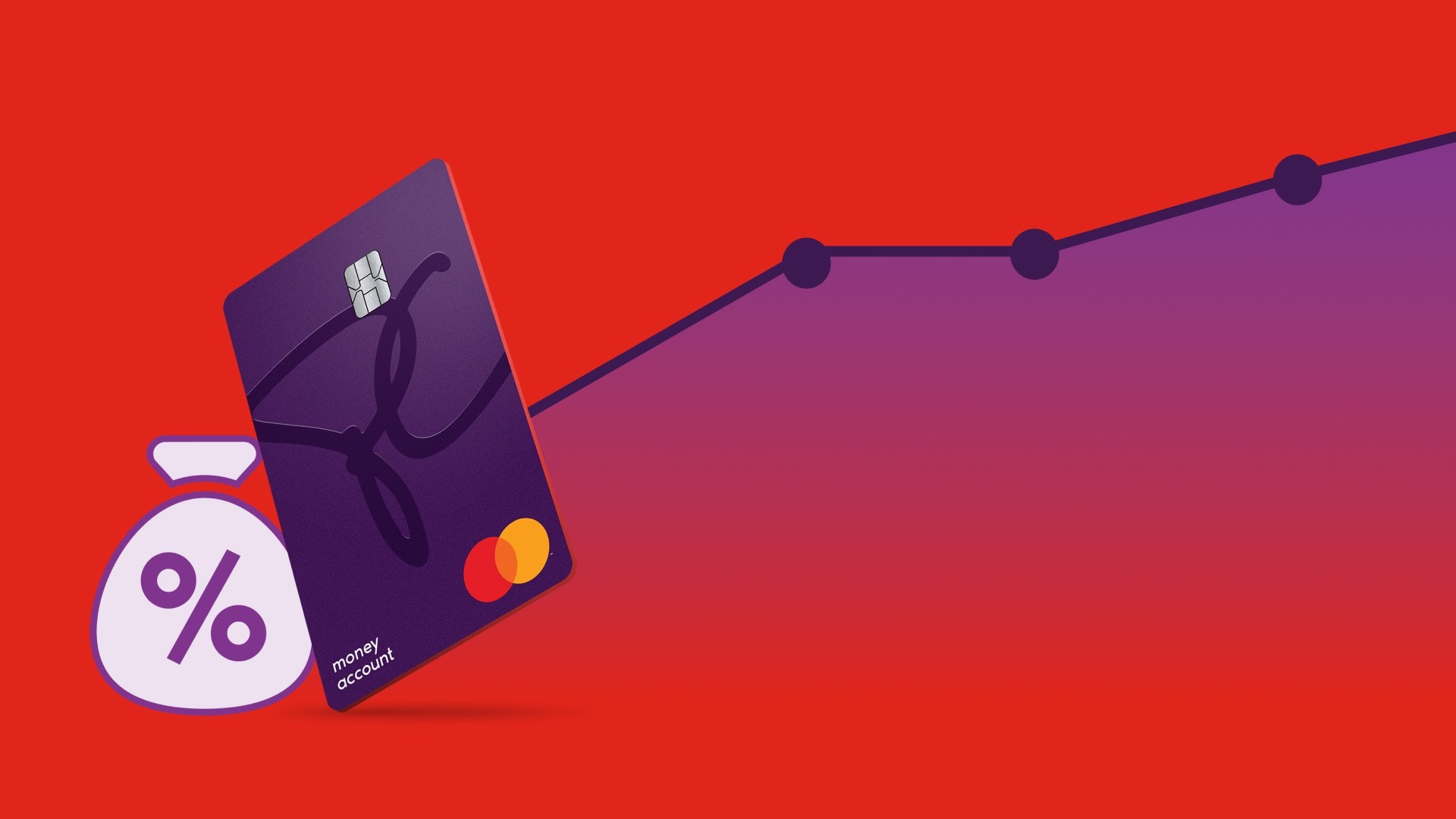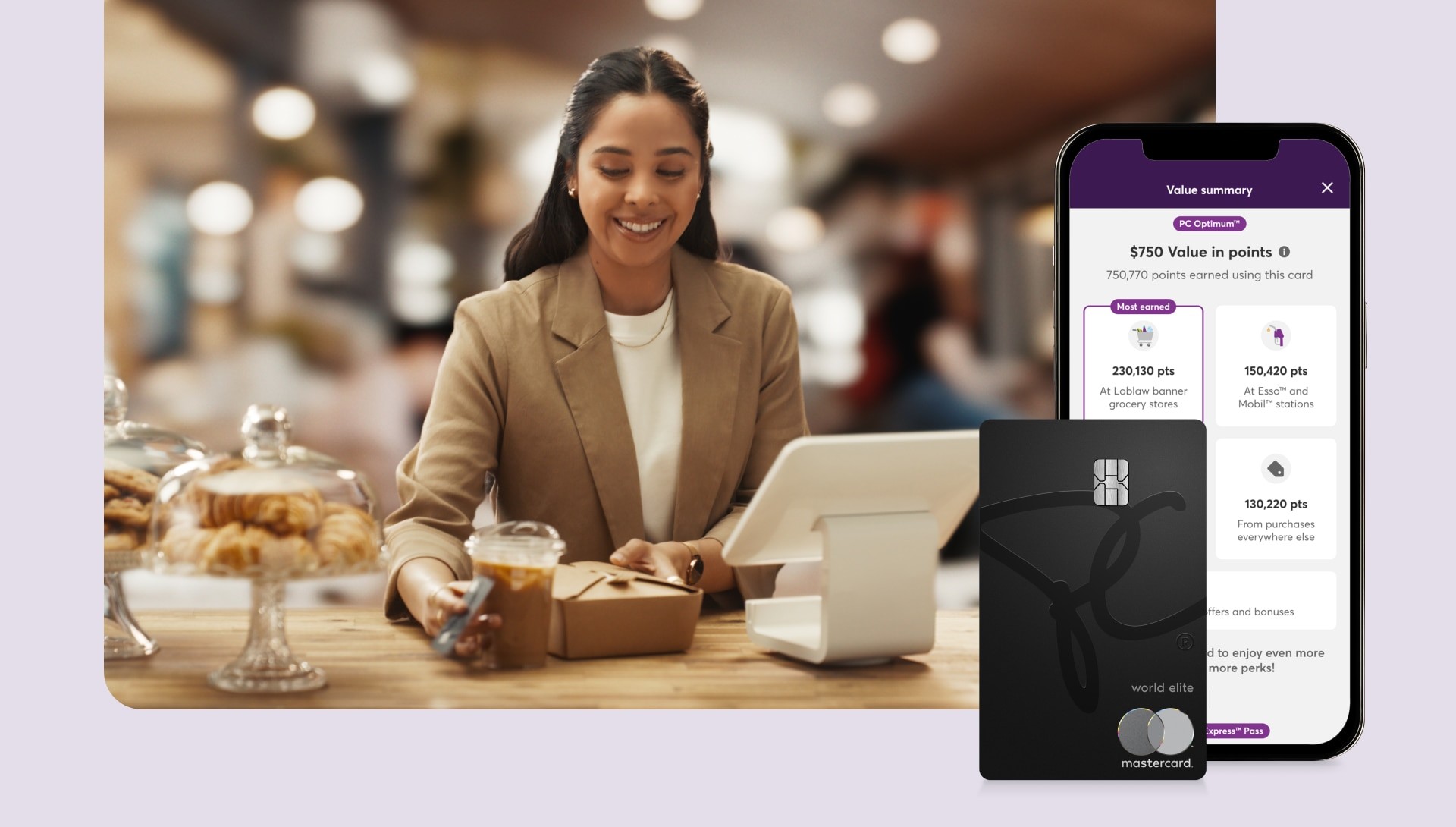Safety Tips for Online Shopping

There you sit, curled up in a comfy chair, in your PJs, shopping online while sipping a cup of coffee. It's so easy to forget that people once actually had to leave their homes to buy things. Now we can get anything, from food to a fridge, with just a few taps on our computer. Thanks to an ever-growing array of online stores, enduring crowds and long lineups are rapidly becoming a thing of the past.
Yet surfing the net to shop comes with its own set of challenges and risks, including compromised credit cards, the loss of privacy and identity theft. Luckily, with just a bit of care and knowledge, there are many things you can do to be certain your world-wide-web shopping excursion is a safe and fun experience.
Look for the Lock Symbol
One of the best ways to ensure your banking and other private information are protected while you shop online is by using only encrypted websites. Don't worry! You don't need to be a computer genius to know which websites are secure. Just look for a lock symbol (often green in colour, as in "safe to go forward") on the left side of the URL bar (where the web address goes). This padlock icon tells you that the website you're shopping at is using the most up-to-date security measures to encrypt and protect your personal info. Unfortunately, sometimes the padlock symbol can be faked, so if you’re not certain about a site’s security, it’s best to avoid it.
Use Familiar Websites You Trust
We've all seen how every single story or piece of information on the Internet seems to be filled with links trying to get your attention and lead you to a new website. When shopping, it's a smart practice to stick with big-name online sites you know or trusted brands that also have bricks-and-mortar stores you're familiar with. Stay away from aggressive, unfamiliar pop-up adds trying to get you to buy something, and do not open/click on links in email offers received from sources you are not familiar with.
Keep Your Anti-Virus Software Up to Date
Online scams keep getting more complex, so it's essential to regularly update your computer anti-virus software to be sure your PC, laptop or smartphone has the strongest protection in place. A good anti-virus program will even warn you if you hit a link that could lead you to a questionable webpage.
Change Passwords
No one likes to remember a long list of passwords, but the surest way to shop safely is to use a different password for every site you frequent. That way, if your information on one site is compromised, your data on other sites will still be safe. You may also want to re-enter your information every time you return to a site rather than let your computer save your info. Yes, it's annoying and takes more time but it's one of the surest ways to shop securely. No matter how safe you think your password is, they should be changed on a regular basis and should not include any sensitive information (i.e. social insurance / passport numbers) or match information that an attacker may retrieve from public social media sites (i.e. date of birth).
Be Vigilant
Finally, go over your credit card statements and match your charges against your receipts to confirm that all the charges are legitimate. If you do notice a potentially fraudulent charge, contact your credit card issuer immediately.
General information not about PC Financial products is provided for your reference and interest only. The above content is intended only to provide a summary and general overview on matters of interest and is not a substitute for, and should not be construed as the advice of an experienced professional. The PC Financial® team does not guarantee the currency, accuracy, applicability or completeness of this content.


